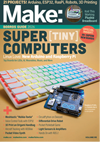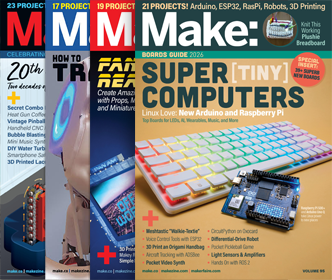
Most photographs in galleries and museums involve a common sequence of events. See a desired object, landscape, or moment. View this moment or scene through the camera lens. Press the shutter button. Download or develop the images. Edit through a digital or darkroom process. And finally, print either digitally or via a photochemical process.
Photographer Meghann Riepenhoff leaves most of that process behind — including the camera — in her latest body of work Littoral Drift. Her solo show opened December 10th, 2015 at SF Camerawork gallery in San Francisco and runs thru February 3rd, 2016.

In her current body of work, Littoral Drift, she employs a camera-less cyanotype process. She uses the effects of waves, rain, wind, and sediment which leave physical marks in their direct contact with photographic material. She uses cyanotypes in an unconventional way and only partially processes the prints so they continue to change over time.

Cyanotypes are created using a solution of iron compounds. The cyanotype is also known as “ferroprussiate” or “blueprint.” The process was invented by Sir John Herschel in 1842. He discovered that iron salts could be reduced to a ferrous state when exposed to light and then combined with other salts to create vivid blue and white image. Anna Atkins was one of the few women in photography at the time of his discovery and was the first photographer to use this process publicly to illustrate her book British Algae: Cyanotype Impressions.

Atkins made the plates for the cyanotype prints by placing wet algae directly on the light-sensitized paper and then exposing it to sunlight.

Riepenhoff’s prints are formed by the action of water from the ocean or rain. She creates her prints by placing pre-treated paper directly in ocean waters, beneath rain, and along beaches in the surf.

To create her ocean activated work she lays out both vertical and horizontal prints directly in the surf and on the shore nearby burying them partially in the sand. This process captures tidal movement as the water’s movement pulls the chemicals across the prints creating the residual imagery.

For her rain based works, Riepenhoff drapes treated papers over manmade objects such as ladders and fences, exposing them to different intensities of precipitation, for varying durations.

The exhibition will also include a Continuum book and a time-lapse video documenting it. The number of pages in the book will correspond to the time span of the exhibition: each day a new page will be opened and exposed under SF Camerawork’s skylight. A time-lapse camera mounted above the book will take a series of photographs each day. You can see the time-lapse in its entirety during a conversation between Meghann Riepenhoff and Emily Lambert, Associate Director of the Fraenkel Gallery January 19, 2016, 6 – 8pm at SF Cameraworks.
Make your own cyanotypes:
Do you want to try your hand at experimenting with cyanotypes like Meghann does? Try making prints with a Sunprint Kit. Or are you a make it from scratch kind of person? If so you can try this great Cyanotype Instructable.
ADVERTISEMENT






